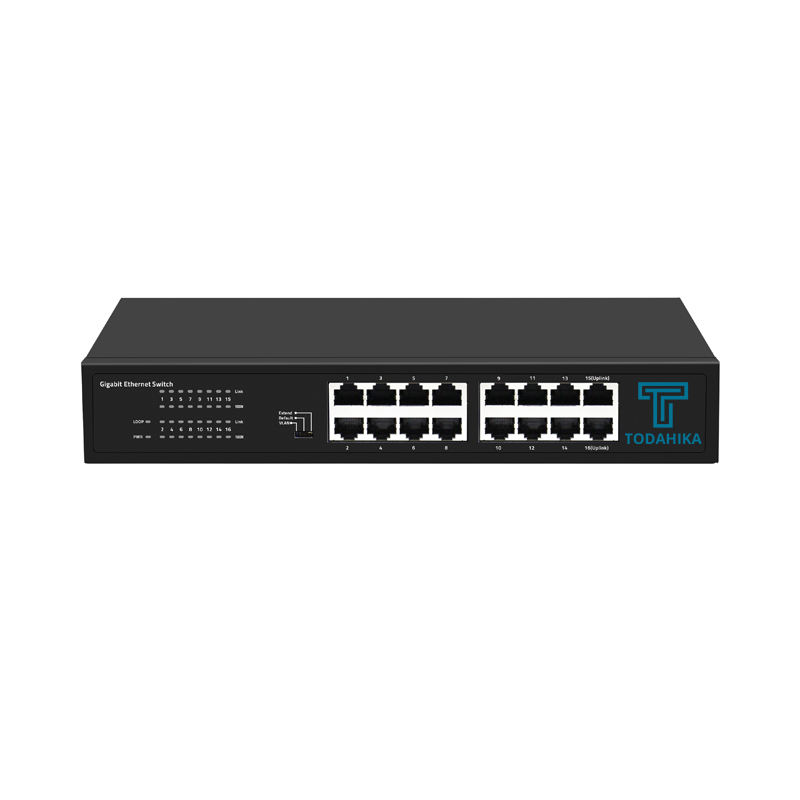In networking, understanding the difference between Layer 2 and Layer 3 switching is essential for designing an efficient infrastructure. Both types of switches have key functions, but they are used in different scenarios depending on the network requirements. Let’s explore their differences and applications.
What is Layer 2 Switching?
Layer 2 switching operates at the Data Link layer of the OSI model. It focuses on forwarding data within a single local area network (LAN) by using MAC addresses to identify devices.
Key features of Layer 2 switching:
Use the MAC address to send data to the correct device within the LAN.
All devices are usually allowed to communicate freely, which works well for small networks but can cause congestion in large setups.
Support for Virtual Local Area Networks (VLANs) for network segmentation, improving performance and security.
Layer 2 switches are ideal for smaller networks that do not require advanced routing capabilities.
What is Layer 3 Switching?
Layer 3 switching combines the data forwarding of a layer 2 switch with the routing capabilities of the network layer of the OSI model. It uses IP addresses to route data between different networks or subnets.
Key features of Layer 3 switching:
Communication between independent networks is achieved by analyzing IP addresses.
Improve performance in larger environments by segmenting your network to minimize unnecessary data transfers.
Data paths can be dynamically optimized using routing protocols such as OSPF, RIP, or EIGRP.
Layer 3 switches are often used in enterprise environments where multiple VLANs or subnets must interact.
Layer 2 vs. Layer 3: Key Differences
Layer 2 switches operate at the data link layer and are primarily used to forward data within a single network based on the MAC address. They are ideal for smaller local networks. Layer 3 switches, on the other hand, work at the network layer and use IP addresses to route data between different networks. This makes them an excellent choice for larger, more complex network environments that require intercommunication between subnets or VLANs.
Which One Should You Choose?
If your network is simple and localized, a Layer 2 switch provides cost-effective and straightforward functionality. For larger networks or environments that require interoperability across VLANs, a Layer 3 switch is a more appropriate choice.
Choosing the right switch ensures seamless data transfer and prepares your network for future scalability. Whether you manage a small business network or a massive enterprise system, understanding Layer 2 and Layer 3 switching can help you make an informed decision.
Optimize for growth and connections: choose wisely!
Post time: Nov-24-2024




